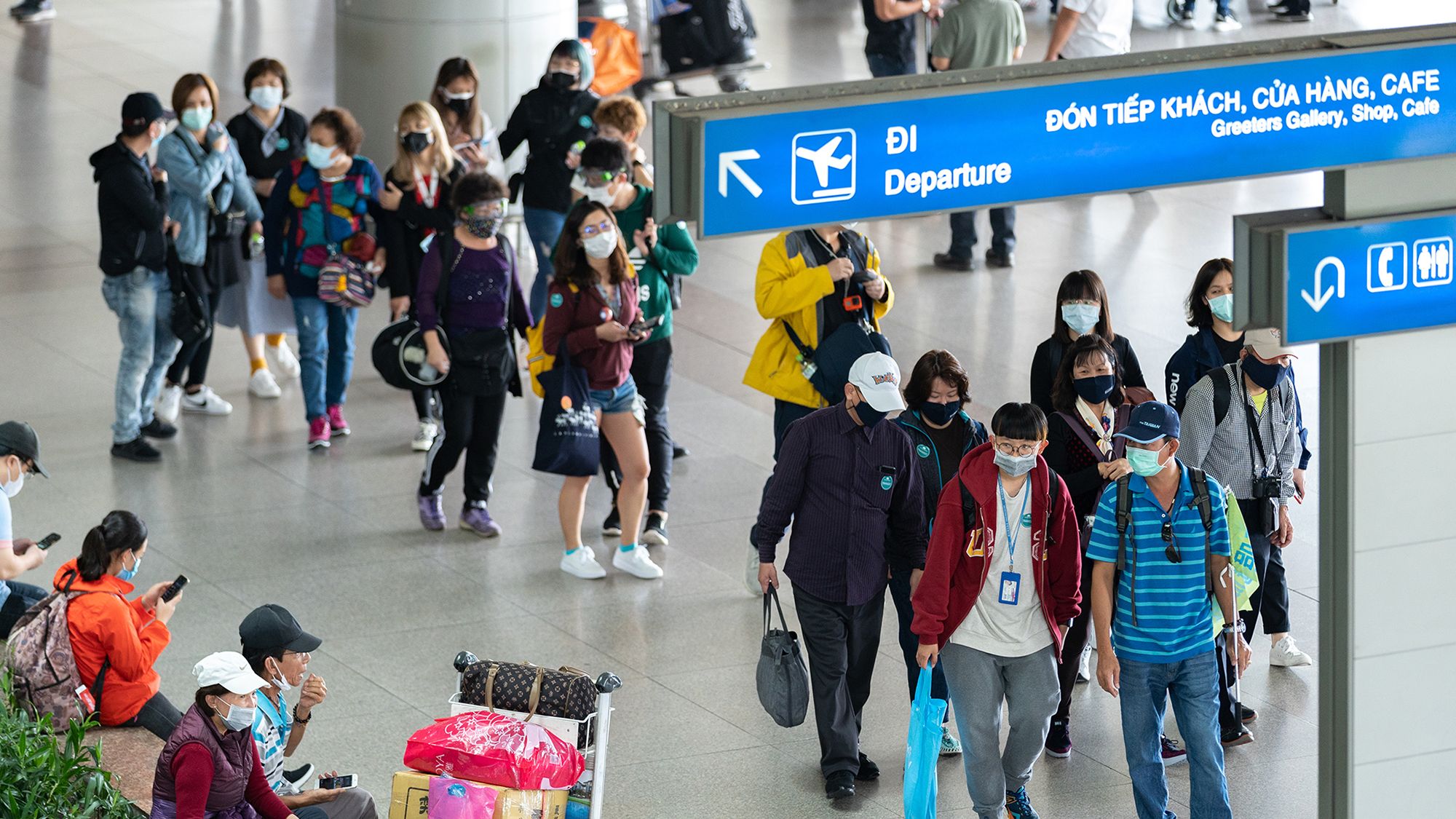Bad news for the Japanese and Korean carriers, soon Vietnamese traveling to the United States will no longer have to connect via Japan and South Korea, or in any other Southeast Asia hubs like Singapore. The 18 to 21-hour journey would soon bring the travel time down to 14 to 16 hours. Fingers crossed.
But why soon? Despite the fact that there are approximately 4.5 million overseas Vietnamese, and the largest community of whom live in the US, more or less 2.2 million of them — this may come as a surprise to some but as of this writing — there are no direct flights linking any of Vietnam’s international airports to any of the American states.
In December 2003, the Vietnam-US Air Transport Agreement was signed and became effective on March 18, 2004. Despite the long-standing air services agreement, no airline flies direct between Vietnam and the United States.
However, both Vietnam’s national flag carrier Vietnam Airlines and newbie Bamboo Airways expressed interest in doing so.
Vietnam is not a high-income country, the majority of traffic bound for Vietnam from the United States is people of Vietnamese descent visiting family and vice-versa — important passengers, but not ones willing to pay the premium for a nonstop, the US didn’t consider Vietnam “safe”, the SEA country is very far away, and Vietnam is well-served via one-stop flights are just a few of the things experts believe are the reasons why it took so long for the US to grant the Category One safety classification to Vietnam.
In 2019, Vietnam got closer to a nonstop flight from LAX (Los Angeles, California) to SGN (Ho Chi Minh City) when the Federal Aviation Administration determined that Vietnam had met the criteria for “Category One” safety classification. In September of the same year, Vietnam Airlines received a flight certificate, which means the national flag carrier got the green light to operate direct flights from Hanoi and Ho Chi Minh City to several American destinations.
It meant the start of flights between Vietnam in the United States was no longer a matter of if, but when. But it got jinxed.
Given how many direct flight routes currently exist, Vietnam Airlines’ initial paperwork has suggested that the flight will first be routed through some hubs in East Asia, which could be Taiwan or Hong Kong.
Until today, May 2021, direct flights from the US to Vietnam or the other way around haven’t taken off yet.
The good thing is, even with the lack of direct flights, the US remains Vietnam’s fifth biggest inbound market before the travel downturn. More than 700,000 US citizens landed in Vietnam in 2019.

“Long overdue”
Bamboo Airways, which made its maiden flight in January 2019, recently acquired slots to operate regular direct flights from SGN to SFO and LAX starting September 1 this year.
Bamboo Airways chairman Trinh Van Quyet told Reuters they will start conducting chartered flights to the US in July and “target the launch of non-stop commercial flights between Ho Chi Minh City and San Francisco in September, with an initial frequency of three flights per week.”
The flights would be operated using the long-haul Boeing 787-9 Dreamliner aircraft. The carrier said it was rushing to complete the final steps in the process of building its personnel apparatus, including pilot and flight crew training, to get ready for operating direct flights to the US.
Vietnamese in the US and in the country are excited about this new development.
“I’d say it’s been a long overdue!”, Twitter user @SanoRay2 tweeted in response to Bamboo Airlines’ announcement.
But some were skeptical. “Heard that this is kind of paid media. Bamboo (Airways is) looking for investment. Nothing guaranteed here,” @Tanmedia tweeted.
With lessons from the past, acquiring flight slots at US airports is only the beginning of a challenging journey to making the Vietnam-US direct route a reality, experts say.
Aviation expert Nguyen Thien Tong told VNExpress International that apart from flight slots, each Vietnamese airline will need to acquire various safety permits from US agencies before getting the go ahead for direct flights.
“Vietnam Airlines, with decades of experience in the industry, seems to be the most promising candidate to secure these permits, while Bamboo Airways, having operated for only two years, might face stiff challenges in proving its capability to conduct such long direct flights,” he added.
In 2020, over 20 charter flights were organized to bring home repatriates from the US back to the country. That was easier but for regular flights, various permits are needed from the Federal Aviation Administration (FAA), the Transportation Security Administration (TSA), and the U.S. Customs and Border Protection (CBP).
Experts say that the TSA is one of the toughest obstacles with its stringent requirements. It will send experts to examine Vietnamese airports before proceeding further.
A Civil Aviation Authority of Vietnam official told local media that the current fleet of Vietnam Airlines and Bamboo Airways with their Boeing 787-9 and the Airbus 350 won’t be able to fly directly to the US at full capacity (over 300 seats).
For long direct flights, the Boeing 777x and Airbus A350-1000 are needed, but the two carriers do not own such jets, he said.
And considering that the target market for the Vietnam-US direct flights may be hesitant to pay the hefty price that comes with the nonstop service, experts have also questioned the profitability of this move. Not to mention the never-ending threats of the coronavirus pandemic.
